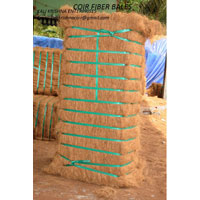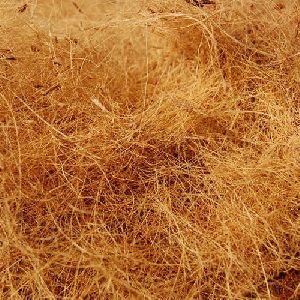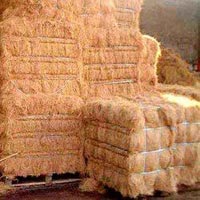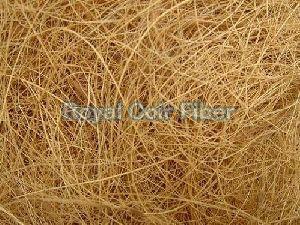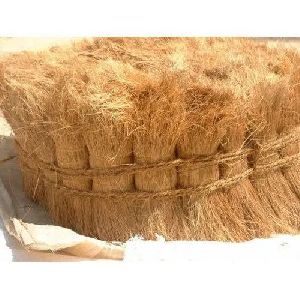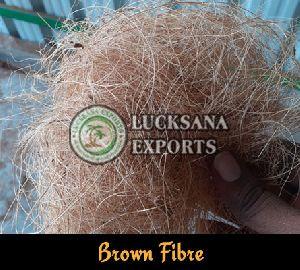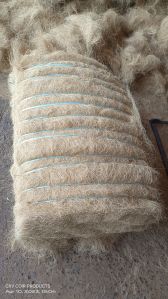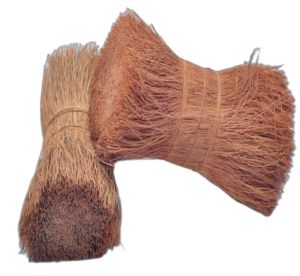Listing ID #295341
Ask for more detail from the seller
Contact Supplier| Ultimate length | 0.6 mm | |
| Diameter/width | 16 micron | |
| Single fibre | Length | 6 to 8 inches |
| Density | 1.4 g/cc | |
| Tenacity | 10 g/ tex | |
| Breaking Elongation | 30% | |
| Moisture regain at 65% RH | 10.5% | |
| Swelling in water | 5% in diameter | |
| Water solubles | 5.25% |
|---|---|
| Pectin & related compounds | 3.30% |
| Hemi-Cellulose | 0.25% |
| Cellulose | 43.44% |
| Lignin | 45.84% |
| Ash | 2.22% |


